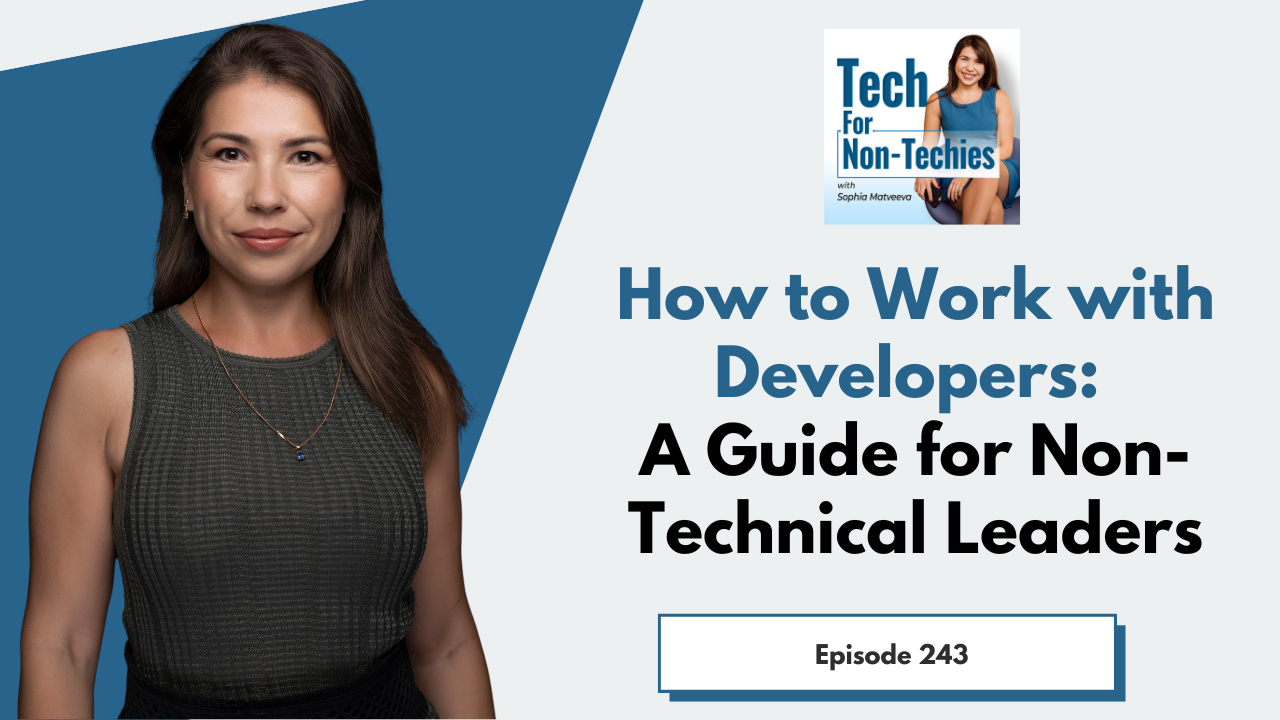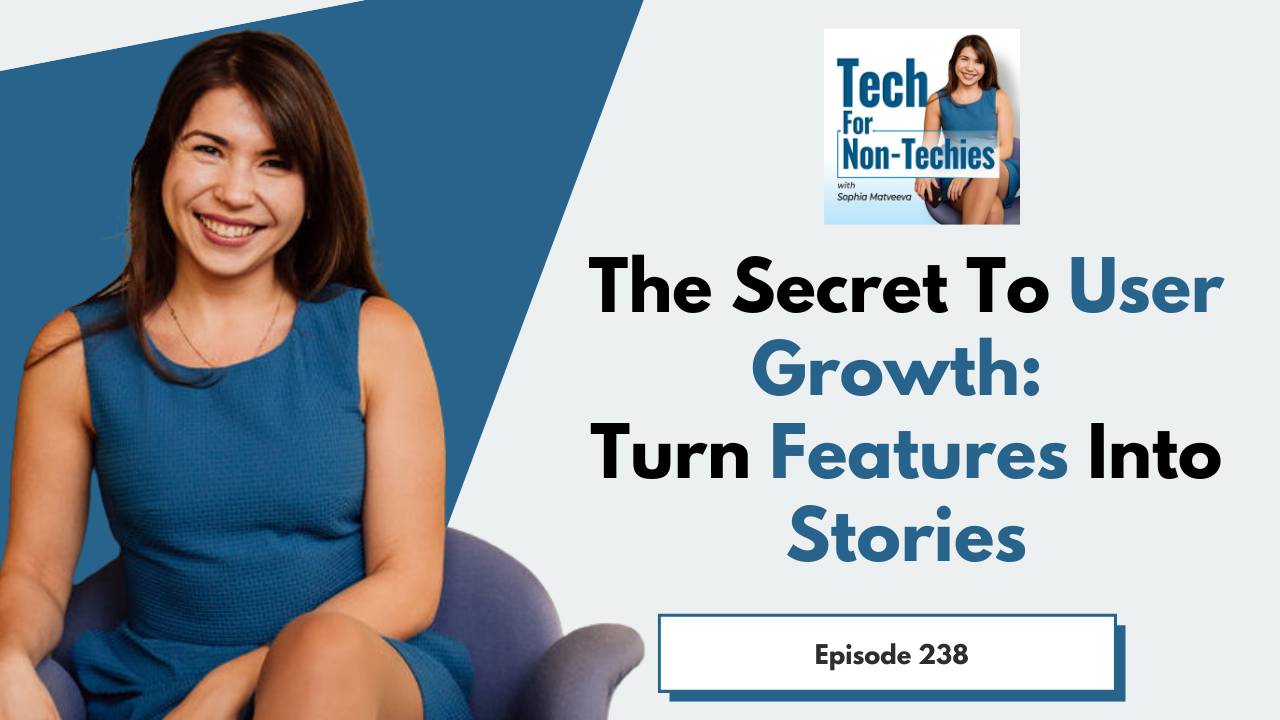Founders love the idea of skipping engineers and letting AI code their dream app.
Sadly, that dream falls apart fast.
AI can write code, but it also hallucinates, breaks in production, and leaves you with messes you can’t fix if you're not a coder.
What looks like a shortcut turns into a cost...
Why do so many software teams feel busy — but deliver so little value?
Fractional tech leader Thanos Diacakis shares why shipping more features doesn’t always mean progress.
Drawing on 25+ years in software — from startups to scaling JUMP Bikes at Uber — he explains how to escape the trap of ov...
Most founders dive straight into building — features, user flows, no-code tools — before they’ve nailed the strategy that actually drives traction: brand.
In this episode, Sophia Matveeva shares why brand must come before product, especially for non-technical founders building tech-enabled busin...
Analysis paralysis is BORING. And it doesn't get you results.
Most founders think they fail because of the market, the product, or the pitch.
But the real killer is a slow mindset.
In this episode, Sophia Matveeva shows you why bad work beats perfect ideas — and how shifting your mindset ca...
If you’re building a tech product but don’t have a technical background, this episode will save you months of wasted time and thousands in unnecessary spend.
In this re-release of one of our most popular early episodes, Tech for Non-Techies founder Sophia Matveeva shares the 5 biggest mistake...
The more technology you put into your product, the worse it can get.
In this episode, Sophia Matveeva talks with Zahra Almahoozi, founder of DARB and recent graduate of the Tech for Non-Technical Founders program in Bahrain.
Discover how Zahra's "less is more" approach helped her build a startu...
Here are the listener questions Sophia Matveeva answers in this episode:
- What should I be asking in product meetings if I don’t have a technical background?
- I’m leading a digital transformation initiative, but my tech team keeps telling me things take longer than expected. Should I push back? ...
If you're a non-technical founder or leader, you might find developers frustrating to work with.
(They also think the same thing about you)
Developers resist quick changes, seem annoyed by status meetings, and always want the most expensive equipment.
That's not because they are prima donnas.
...Want to know how Apple turns technical features into stories that make people line up around the block for new products?
In this episode you will learn the 3 step product storytelling framework that transforms complex features into benefits users love.
Every successful tech company has mastered...
Think AI is just about adding chatbots to your business?
Think again.
In 2024, AI has completely transformed who can build tech companies and how they're funded - but there's also dangerous hype that's already landing companies in legal trouble.
We're in what economists call 'The Middle Times ...
Listen to learn:
If you think product development comes after business strategy, you're leaving money on the table and falling behind your competitors. Don’t do that.
In this episode, you'll learn why smart business leaders are using prototypes as a strategic weapon - so you can do it too.
You'll learn:
- Why ...















